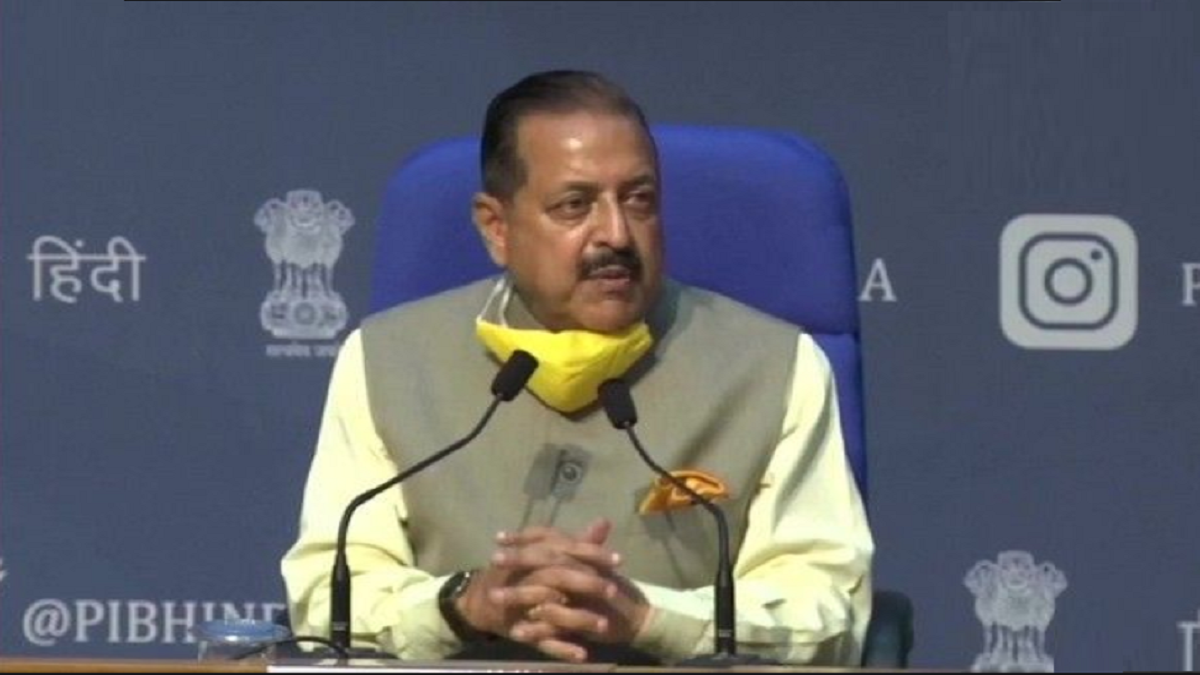
The Union Cabinet on Wednesday approved the creation of a National Recruitment Agency (NRA) under which a Common Eligibility Test (CET) will be conducted for Central government jobs. Addressing the media, I&B Minister Prakash Javdekar called it a “historic decision” which will benefit job seeking youth of the country.
Dr Jitendra Singh, MoS PMO, said that setting up of NRA is a visionary and revolutionary reform in the field of recruitment for central government jobs. Calling NRA a combination of convenience and costeffectiveness for candidates, Dr Singh said that CET will lead to ease of access to rural youth, women and disadvantaged candidates.
He further added that on an average 2.5 to 3 crore candidates appear in each of these examinations. CET would enable these candidates to appear once and apply to any or all of these recruitment agencies for a higher level of examination. This would indeed be a boon to all the candidates.
NRA will conduct a Common Eligibility Test to screen candidates for Group B and C (non-technical) posts. It will have representatives of the Ministry of Railways, Ministry of Finance/ Department of Financial Services, SSC, RRB and IBPS. The NRA is being envisioned as a specialist body bringing the state-ofthe-art technology and best practices into the field of Central government recruitment.
Initially, the score would be used by the three major recruitment agencies but over a while, it is expected that other recruitment agencies in the Central government would adopt the same. It would be open for other agencies in the public and private domain to adopt it if they choose so. The CET score of the candidate shall be valid for three years from the date of declaration of result. The best of the valid scores shall be deemed to be the current score of the candidate.
The government has sanctioned Rs 1517.57 crore for NRA which will be headquartered in Delhi. It will have a chairman of a Secretary’s rank. The expenditure will be undertaken for three years. Apart from setting up the NRA, costs will be incurred for setting up examination infrastructure in the 117 “aspirational” districts.















